What to expect
Some toddlers may be able to say up to 500 words now and probably know their own name.
Your toddler might like to tell you stories. If they do, pay attention to them.
Continue to point out pictures in such as “That is a cat!” or “The boy is feeling happy!”
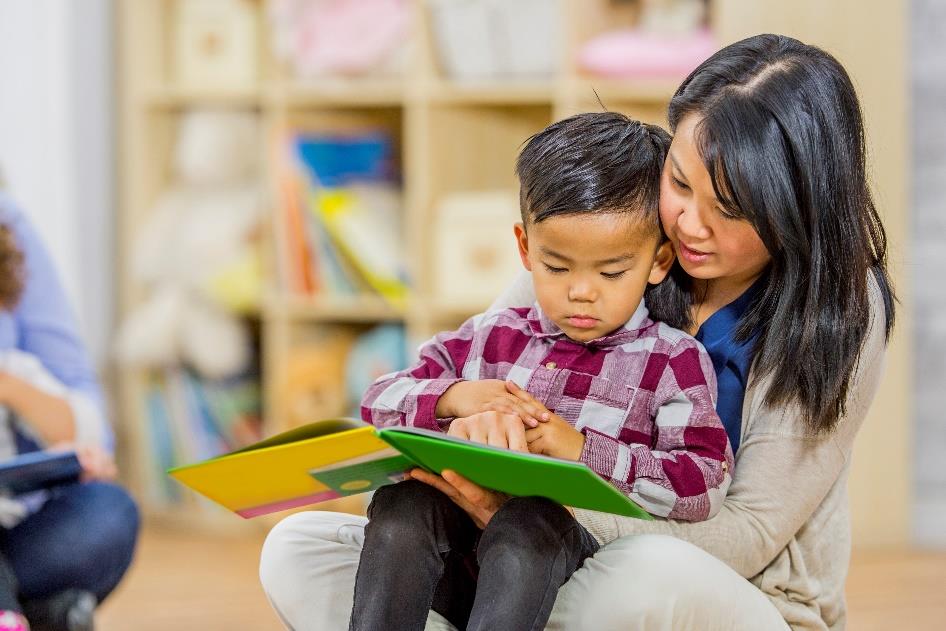
Parenting tips
Visit your public library with your toddler. Most libraries have a children’s section.
The librarian will be able to point out books that are appropriate for a 28- to 30-month-old child.
The librarian will also be able to sign you up for a library card if you need one.
You will be surprised how much fun you will have together selecting books to take home!
Nursery rhymes
Learning words that sound the same at the beginning and the end helps children pay attention to the sounds that form the words.
Read and sing nursery rhymes with your toddler. Try adding fingerplay to the nursery rhymes. For example, like “Itsy Bitsy Spider” has many hand gestures that your child will enjoy.
Nursery rhymes help toddlers develop language skills that will make learning to read easier.
Did you know..
📙 Beats in songs help toddlers learn that words are made up of different sounds.
📙 Singing songs and nursery rhymes helps your child learn new words.
📙 When children are having fun singing nursery songs, they are developing an important language skill!
What can you do?
Nursery rhymes
Read Dr. Seuss books to your toddler, such as “Green Eggs and Ham” or “Fox in Sox.” These books have lots of fun rhymes your child will love.
Teach nursery rhymes you learned as a child to your own child. Pause and let your child fill in the rhyming word or line. For example, you might start by saying, “Jack and Jill went up the …” and let your child add the word “hill.”
Some examples of nursery rhymes include:
- Mary Had A Little Lamb
- Little Bo Peep
- Humpty Dumpty
Make up rhymes
Make up rhymes using your child’s name or objects in your home, like foods or toys. For example, if your child’s name is Shawn, rhyming words might include dawn, fawn, etc.
When you’re eating noodles find words that rhyme like doodles. It’s okay if your child makes up nonsense words that rhyme, like banana – ponana
Sing nursery rhymes
Sing nursery rhymes together like “Row, Row, Row Your Boat,” “Twinkle, Twinkle Little Star,” “Baa, Baa Black Sheep,” or “Hickory Dickory Dock.” Let your child learn to clap (or dance) to the beat while singing a song. This will help your child learn how to break words into parts to sound them out. It will help them learn to read later.
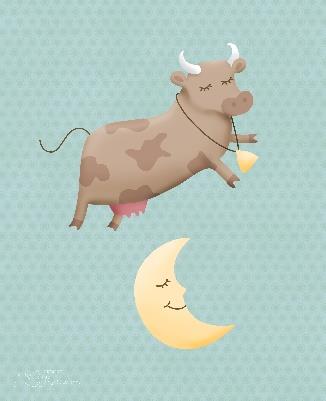
More about nursery rhymes
Toddlers love doing nursery rhymes. Learn some new rhymes that you didn’t know by googling nursery rhymes with hand gestures or finger play.
It is important to say the nursery rhymes and do the action with your child, don’t just watch a video. Your child will love the attention you give them.
Nursery rhymes are a great way for your toddler to learn language.
Updated by Nancy Schultz and Robert Nix, PhD., UW-Madison/Extension based on material written by Carol Ostergren, PhD and Dave Riley, PhD.
Download Article

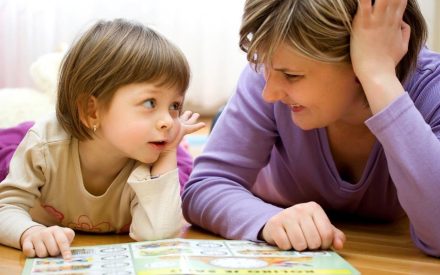 Parenting Future Readers 31-33 Months
Parenting Future Readers 31-33 Months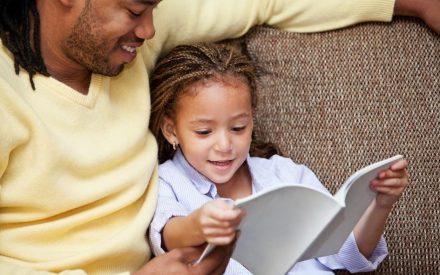 Parenting Future Readers 34-36 Months
Parenting Future Readers 34-36 Months Parenting Future Readers 25-27 Months
Parenting Future Readers 25-27 Months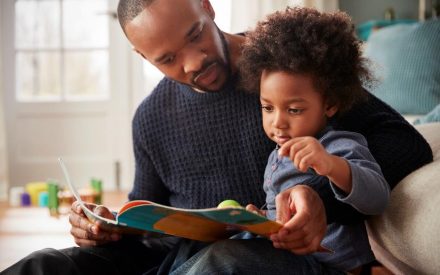 Parenting Future Readers 22-24 Months
Parenting Future Readers 22-24 Months


